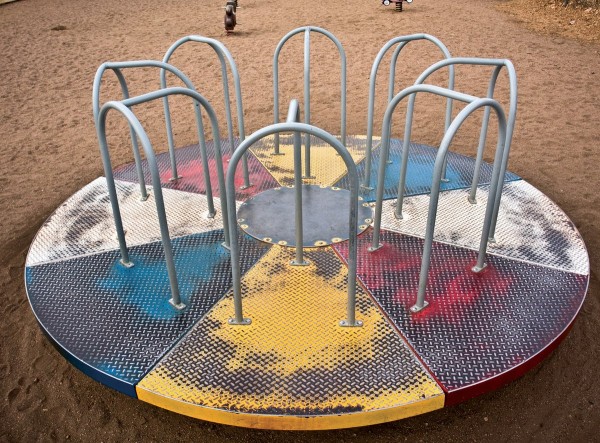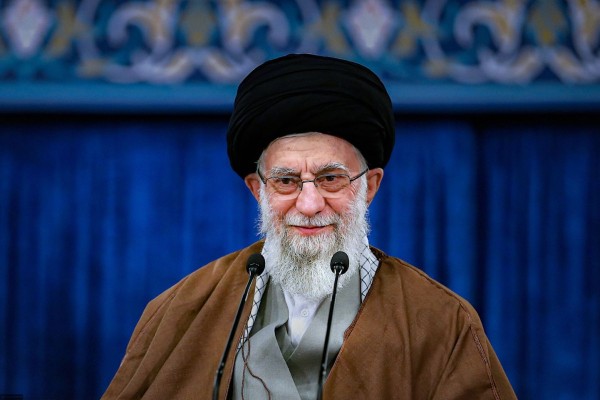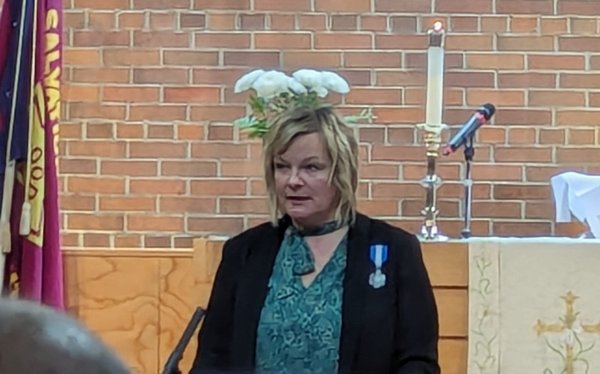Edward Lucas, Eastern Approaches, Economist.com
Hungary, Finland and Estonia are the only three states in Europe that are not Indo-European. They are the descendants of wild tribes from the east, or at least that’s the theory. The joke is that the Finno-Ugric horde arrived on the borders of Europe and found a sign saying “Civilisation”. The ones who could read followed it and became Hungarians. Those that couldn’t went north and became Finns and Estonians. (When Estonians tell it, it’s the other way round).
Having left Budapest, I am off to Tallinn via Helsinki, with the aim of picking up some news about the impending arrival of the euro (it’s now a done deal: Estonia will give up the kroon at the end of the year). I also want to see what difference the big military exercises are making, and then to spend the weekend in the countryside working on a book I am writing.
I fly on Malev, the Hungarian airline, which is pretty bad: that’s a consequence of my current bug-bear, state ownership of industries. But Estonian Air is bad too, and in private hands after a botched privatisation. The government is planning to renationalise it, and although I am normally against this sort of thing, it can hardly get worse.
I arrive in Tallinn just after midnight and sleep properly for the first time in about two weeks. The next morning I am on the prowl for news, but can’t find any. Even the excellent “Baltic Reports” website is thinly stocked. That's the summer. Estonians are an unsentimental lot and I can’t find anyone to say anything about the departure of the kroon.
But I am rather sentimental and I have quite strong feelings about it. I was in Tallinn, running an English-language newspaper, when the kroon was reintroduced in 1992. I shall never forget the excitement of the new money arriving. My Estonian colleagues threw away their old wallets and bought new ones, in order to give a proper home for the crisp new notes, untainted by the “occupation roubles”. It was quite a gamble introducing the kroon, which was pegged to what was then the D-Mark in a currency board, at eight to one. But it proved just the right thing: a strong economic anchor for an economy that was still experiencing wild swings in prices and output. Everything worked out nicely: inflation was high, but productivity growth was even higher, so exports stayed competitive. A huge current account deficit was always financed quite easily—not least because the government has run a budget surplus over most of the past 18 years, so Estonia, uniquely in Europe, has net government assets rather than debt.
That was one remarkable achievement and meeting the euro zone’s criteria is quite astonishing. I can’t think of another country that would have accepted the wage and budget cuts needed to get under the 3% budget deficit limit. I am not allowed, under the Economist’s rules, to hold any investments even remotely related to what I write about. If I had been allowed, I would have put a hefty punt on Estonia’s credit-default swaps this time last year. They are a bet on the always unlikely idea that the government would run up some debt over the next five years and then default on it. Knowing Estonia as I do, I always thought that was about as likely as the country making its living from exporting coconuts. But had I bet against the risk of default, I would have made a mighty profit.
Now the economy seems to be recovering sharply. Some of my favourite restaurants, such as Pegasus, have reopened.Everywhere shows prices in euros as well as kroons, making it hard for unscrupulous retailers to gouge consumers when the changeover happens. But I shall still miss the haunting picture of Lydia Koidula on the 100 kroon note.
(http://www.economist.com/blogs... )
Easing off in Estonia (1)
Viimased kommentaarid
Kommentaarid on kirjutatud EWR lugejate poolt. Nende sisu ei pruugi ühtida EWR toimetuse seisukohtadega.
Before it disappears, I'm going to get a 100 kroon note and keep it as a souvenir, framed and mounted on my wall.
Truly, her picture is haunting. She's the Miss Estonia of poetry.
Lydia Koidula graduated from a German high school in Pärnu, married a Latvian and lived in Russia.
She returned to Estonia every summer to fondle her beloved Estonian language and compose verse which moves us to this day.
She deserves her place on the 100 kroon note. I'll be sorry to see it go
Truly, her picture is haunting. She's the Miss Estonia of poetry.
Lydia Koidula graduated from a German high school in Pärnu, married a Latvian and lived in Russia.
She returned to Estonia every summer to fondle her beloved Estonian language and compose verse which moves us to this day.
She deserves her place on the 100 kroon note. I'll be sorry to see it go
Arvamus
TRENDING
























